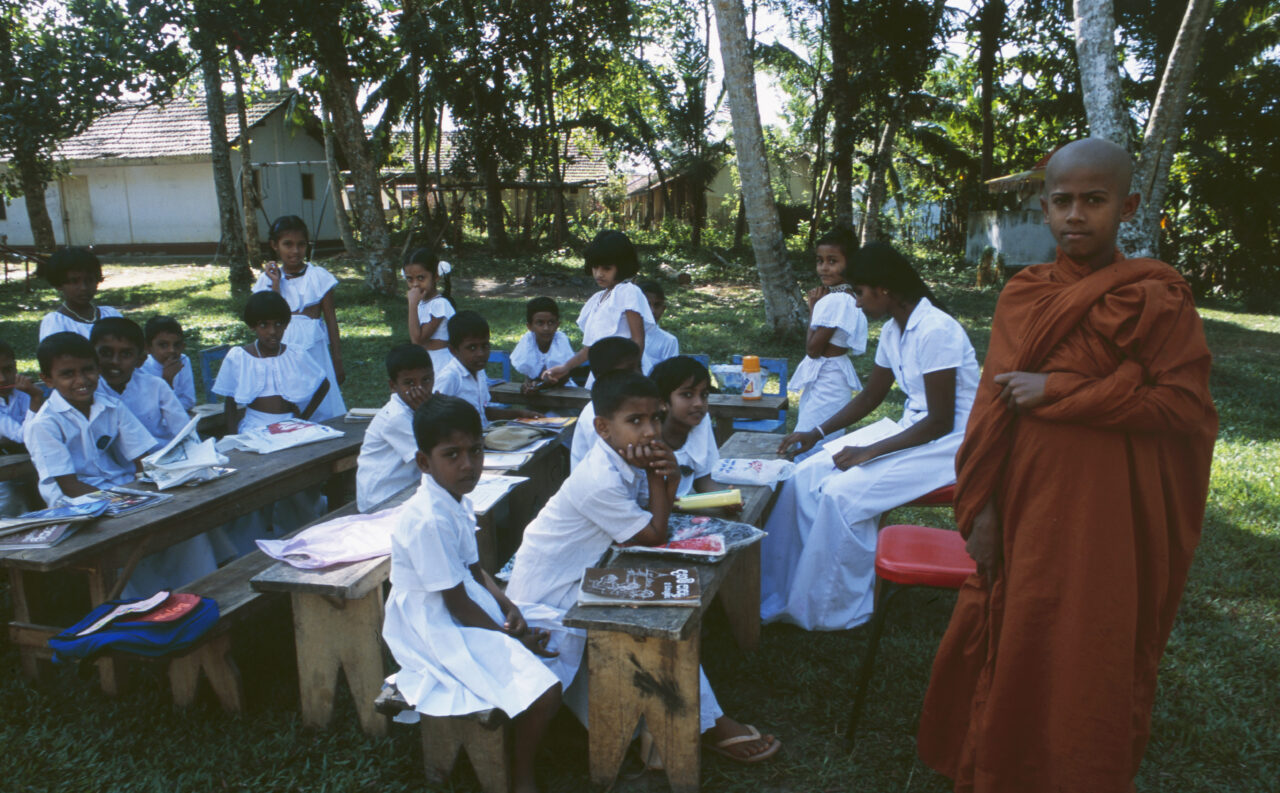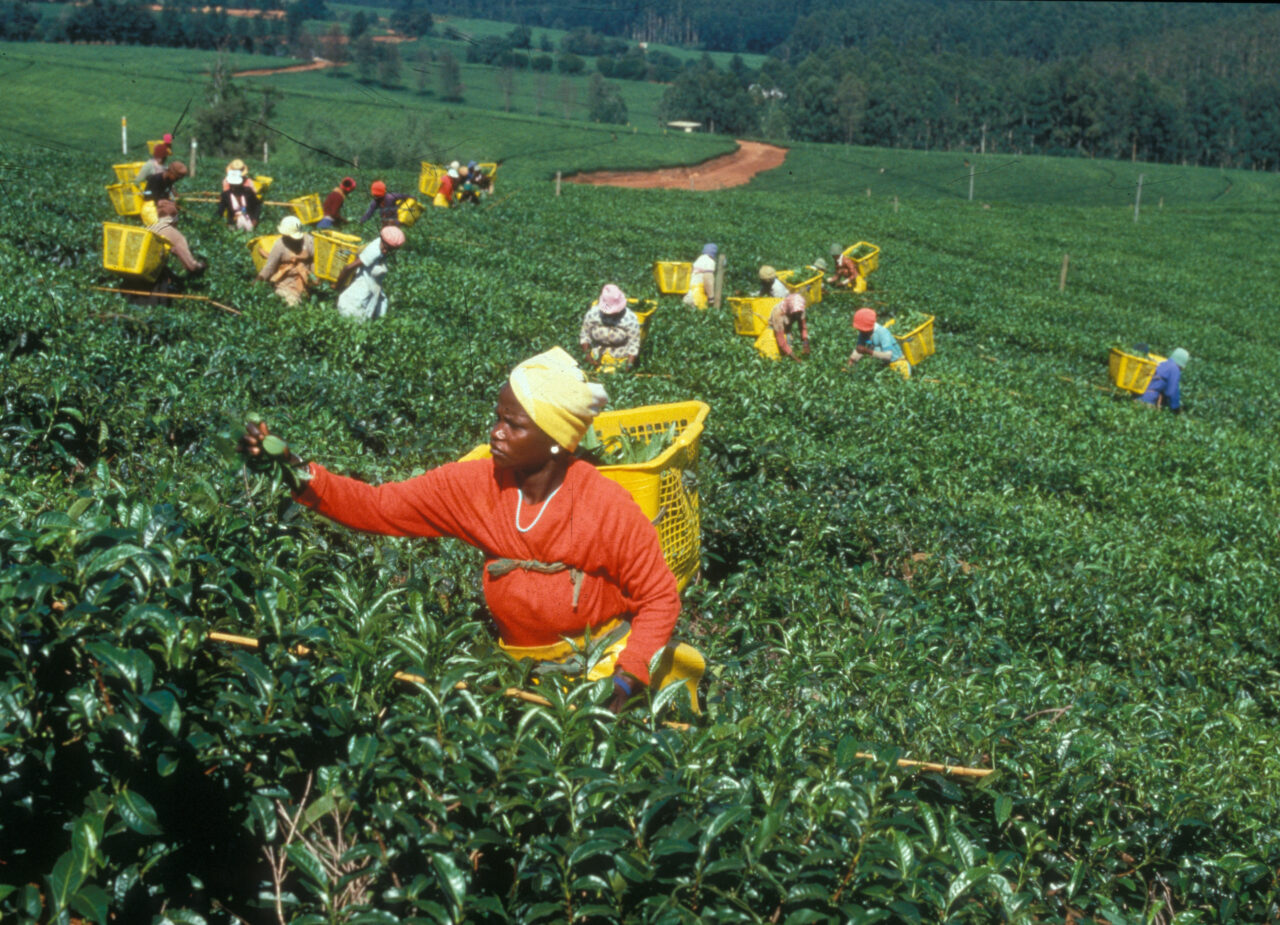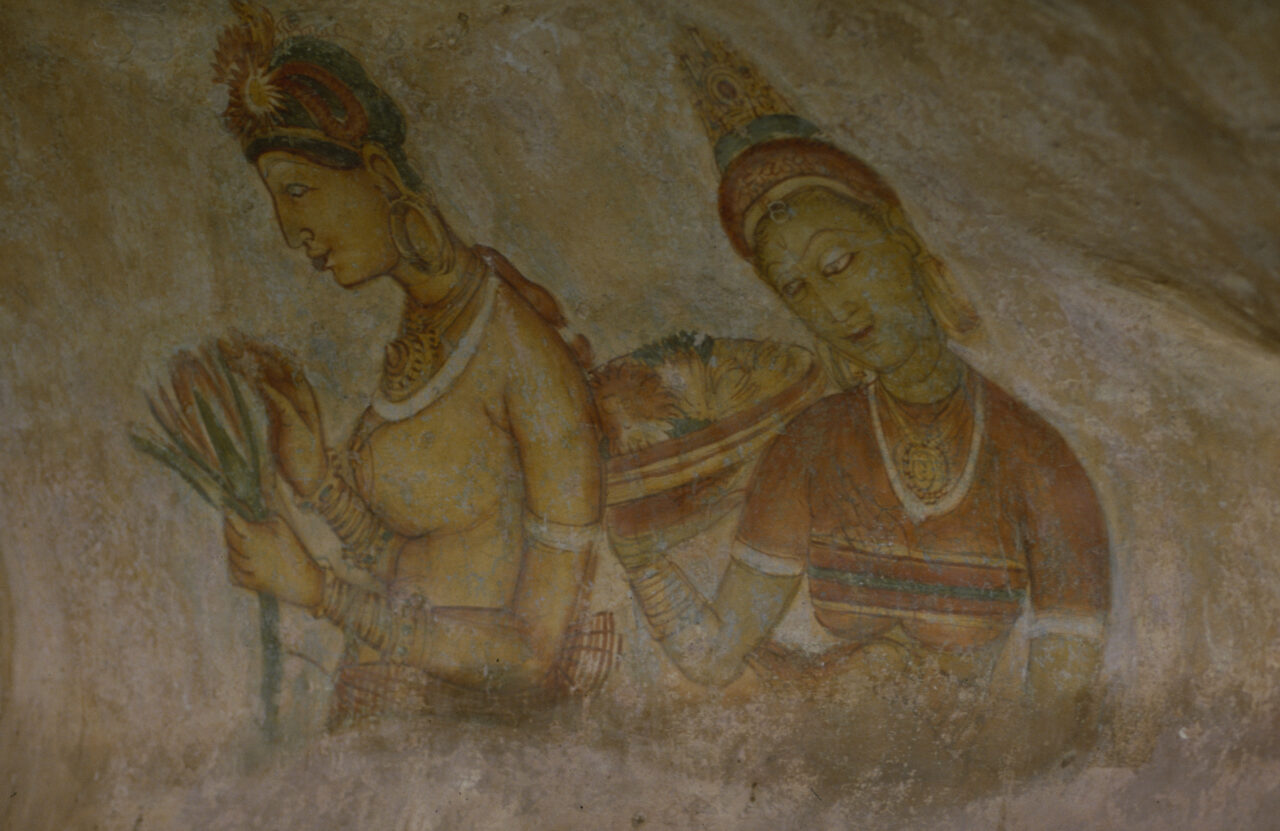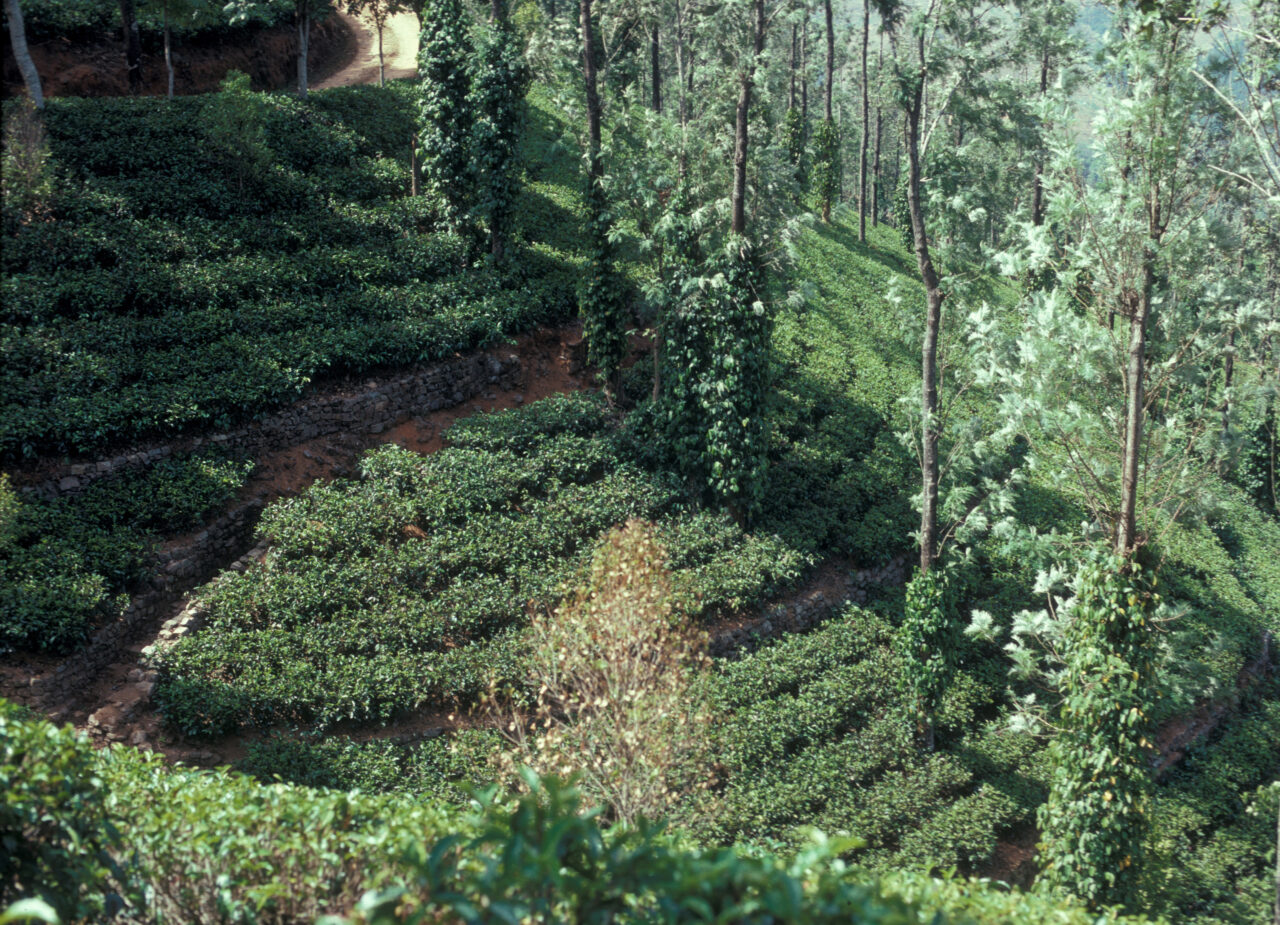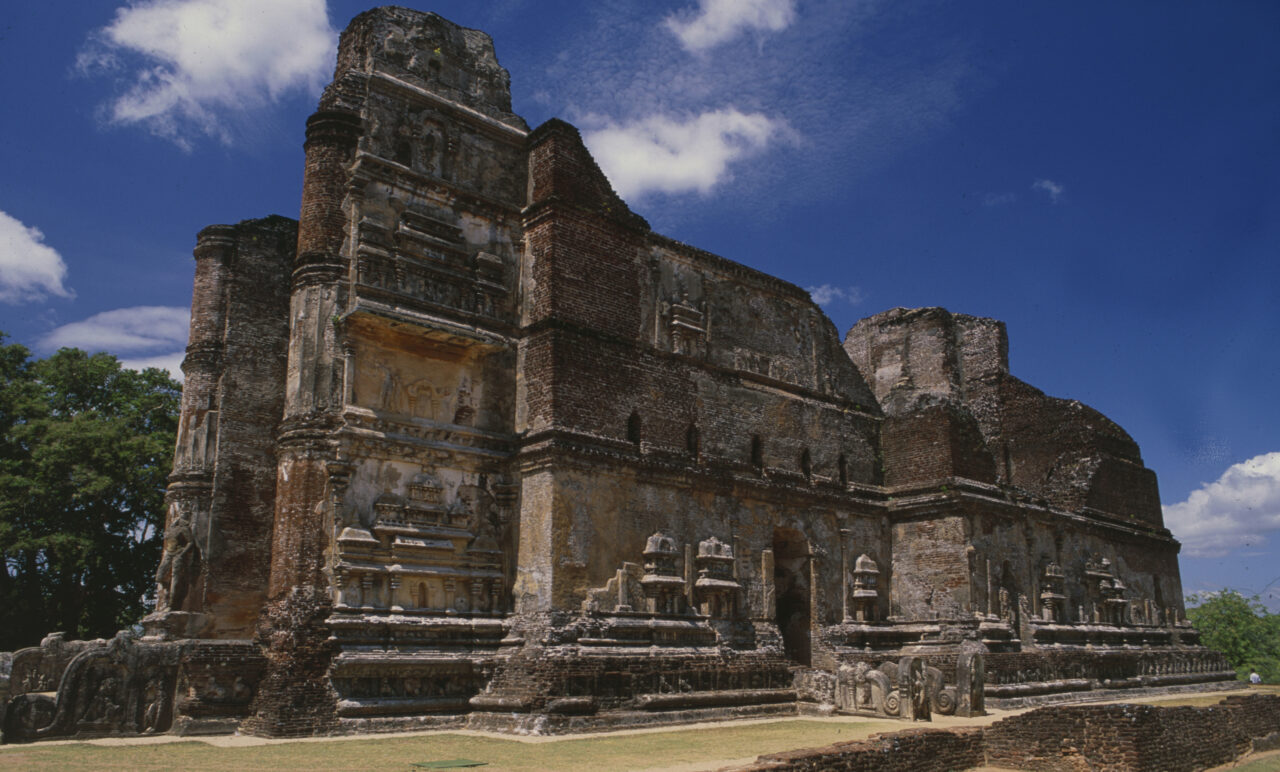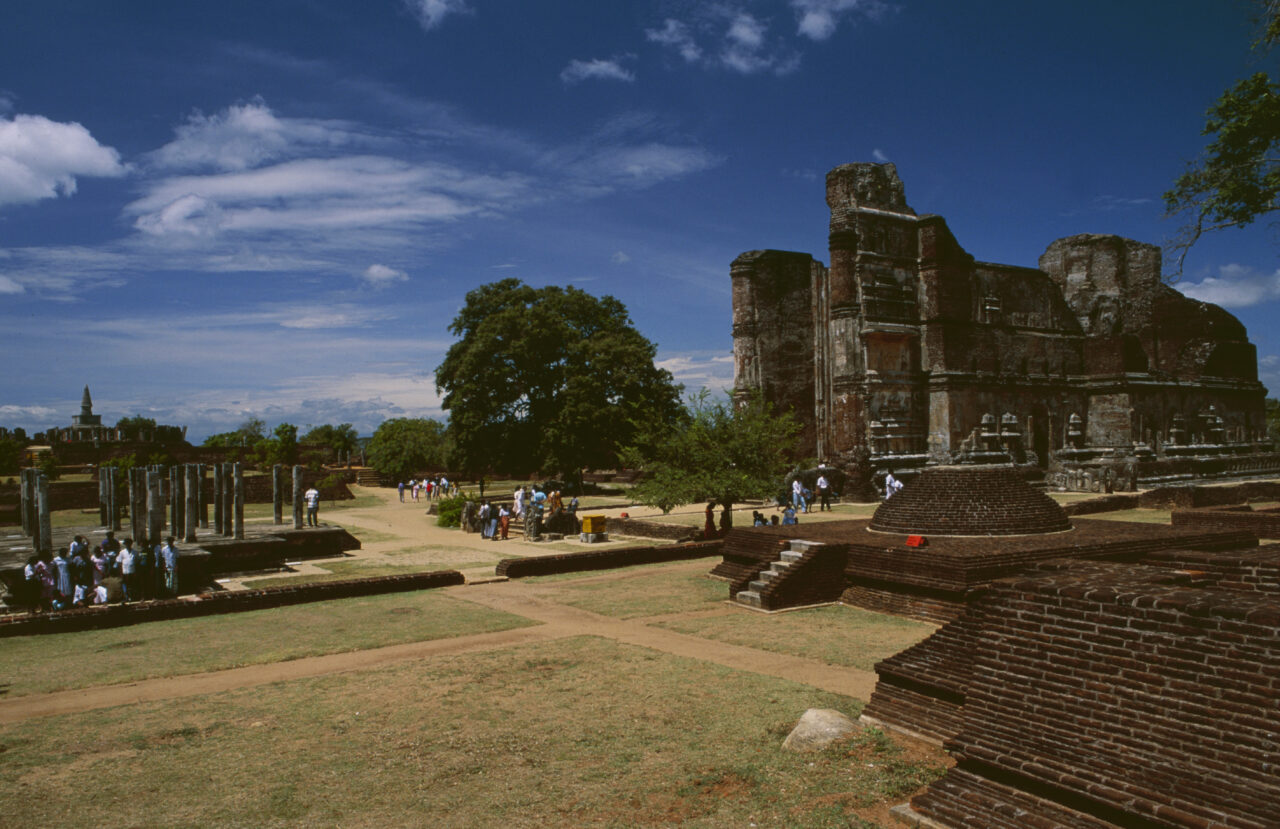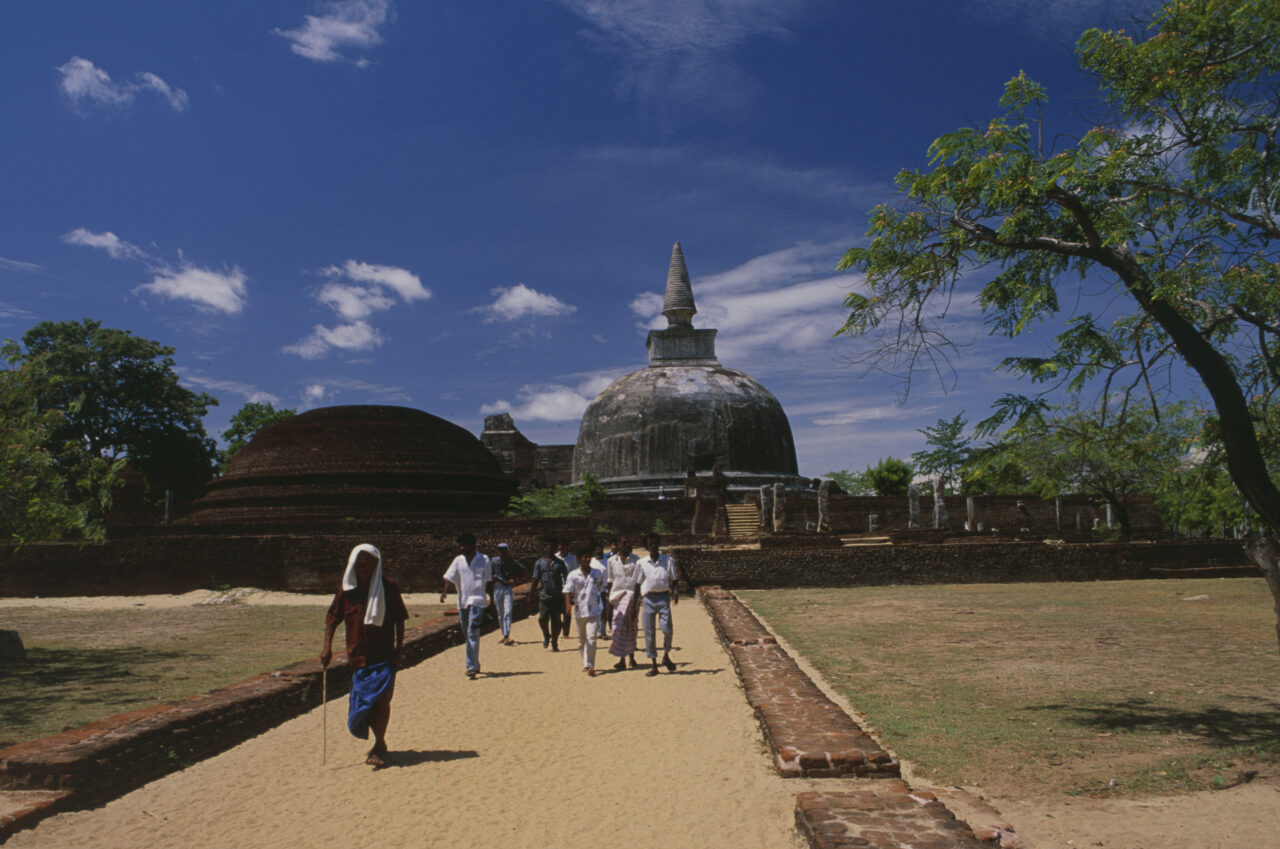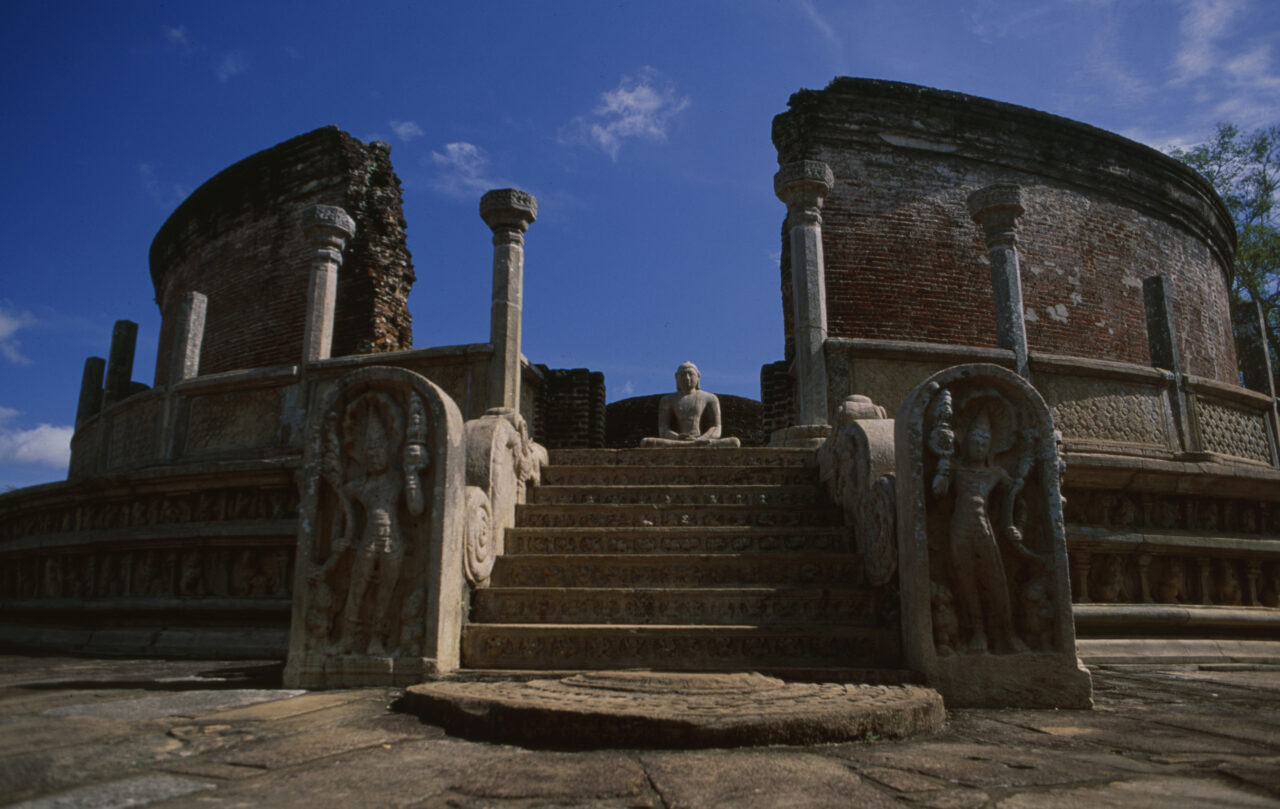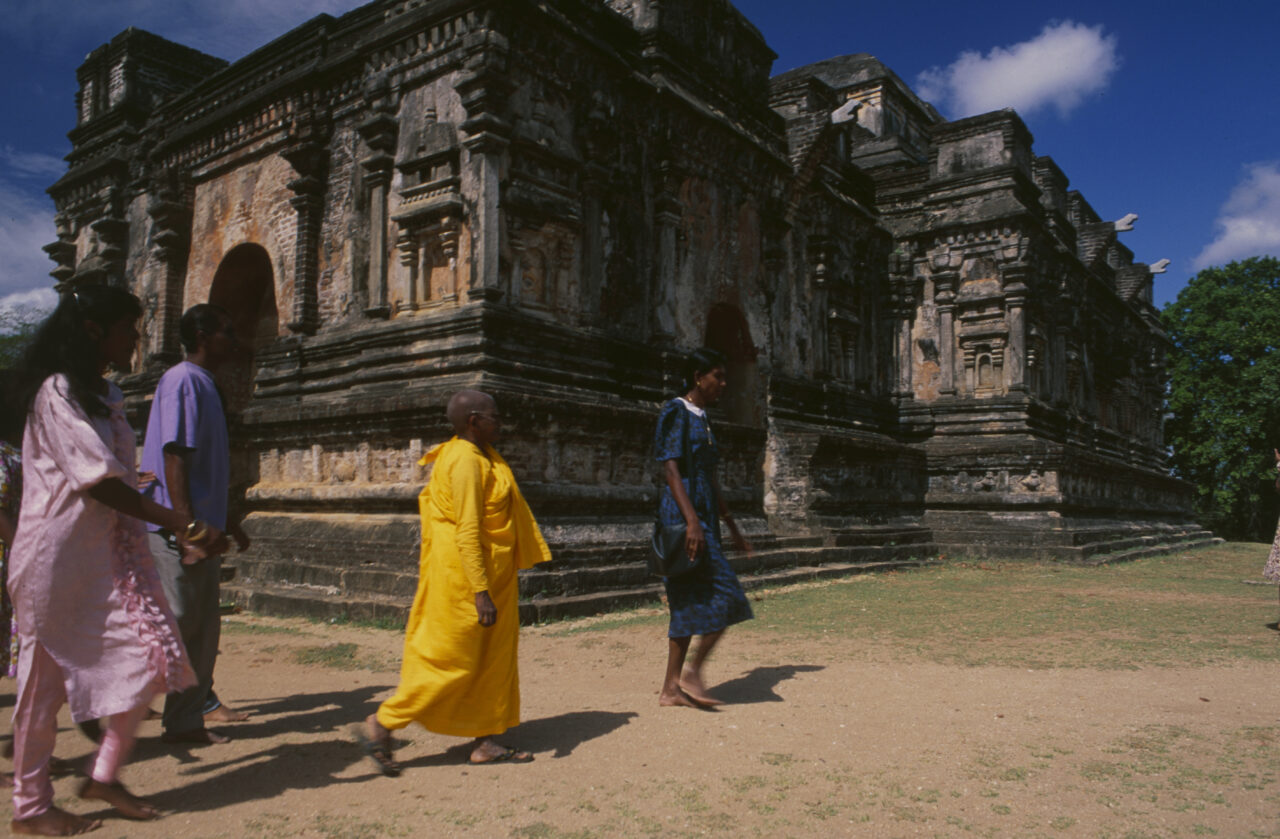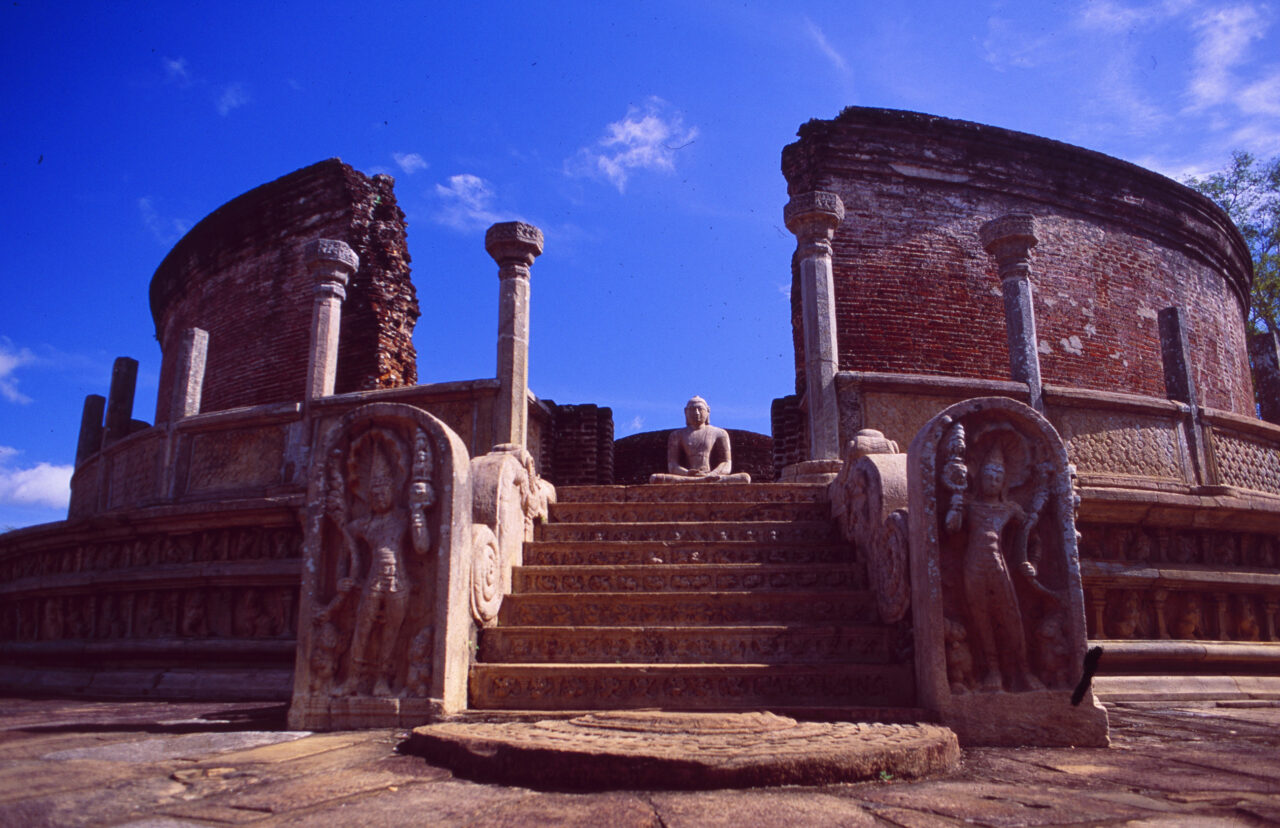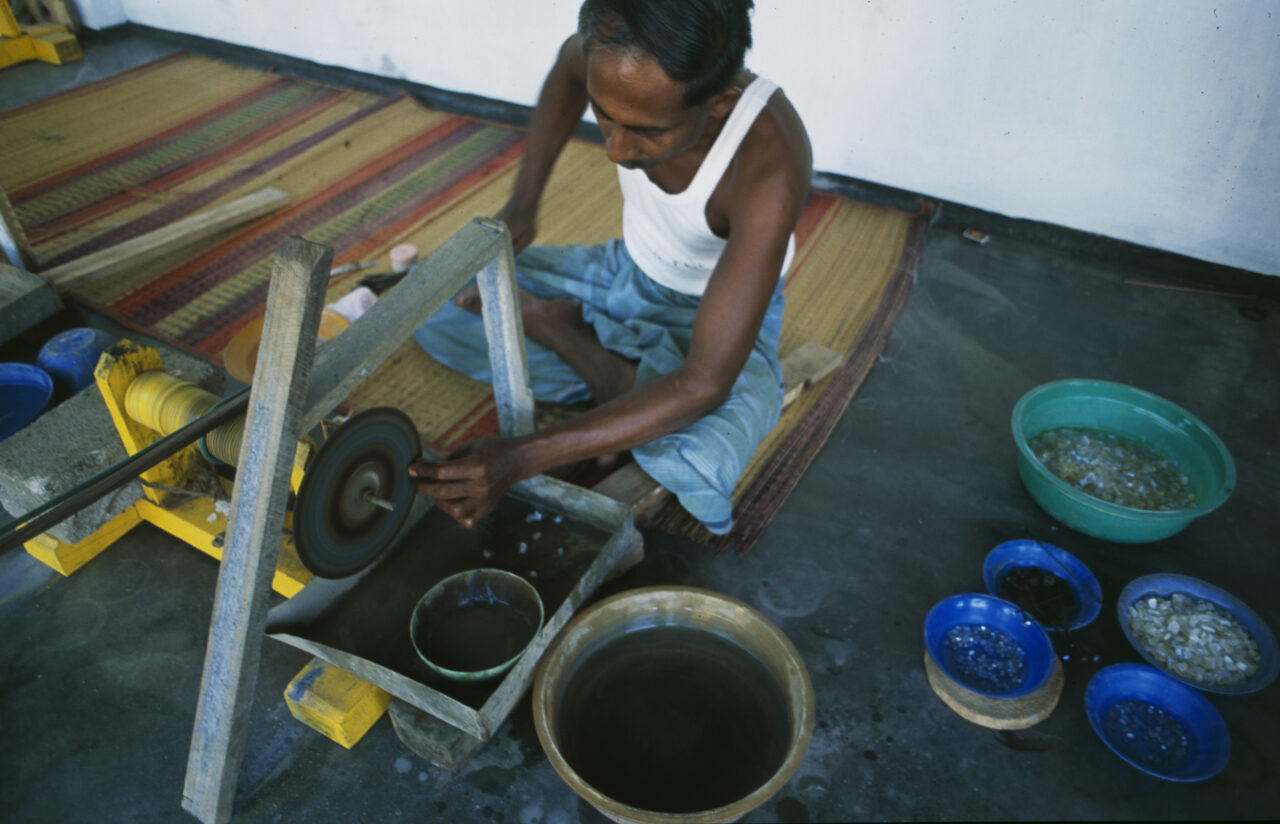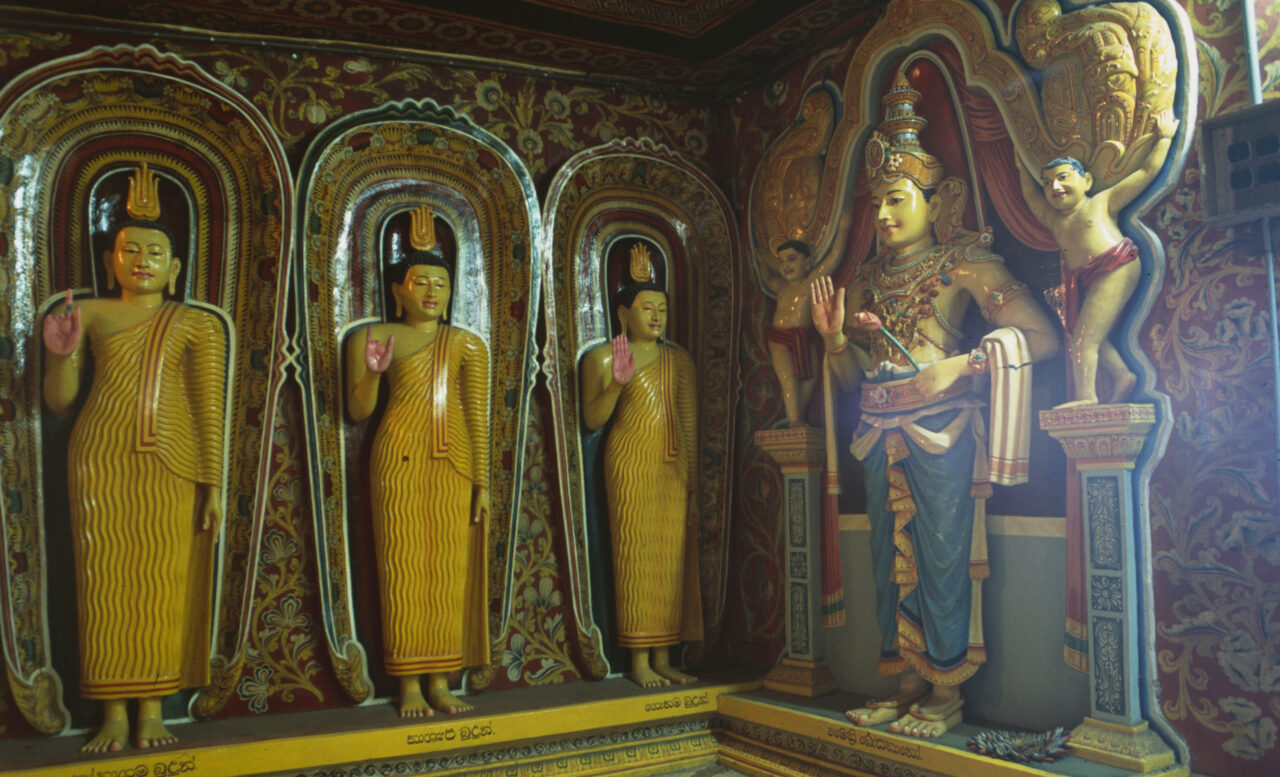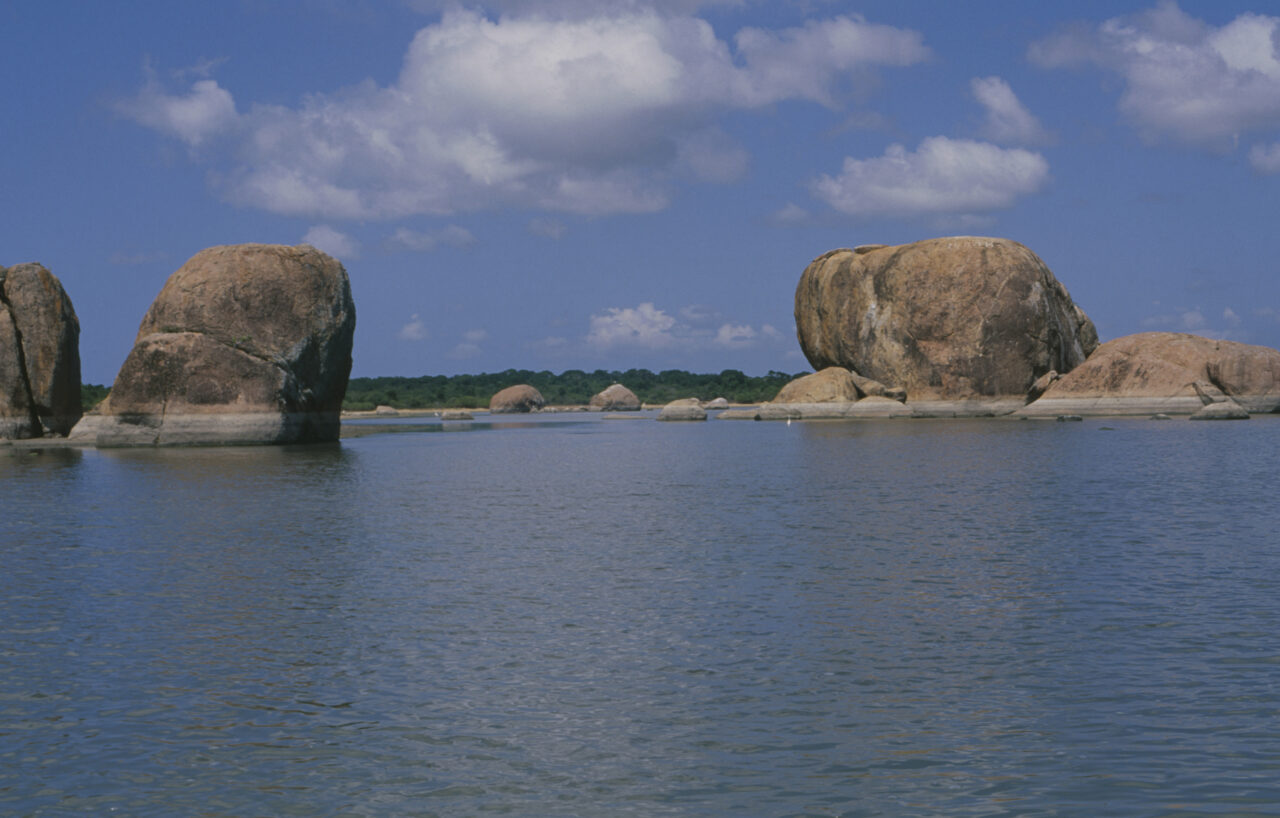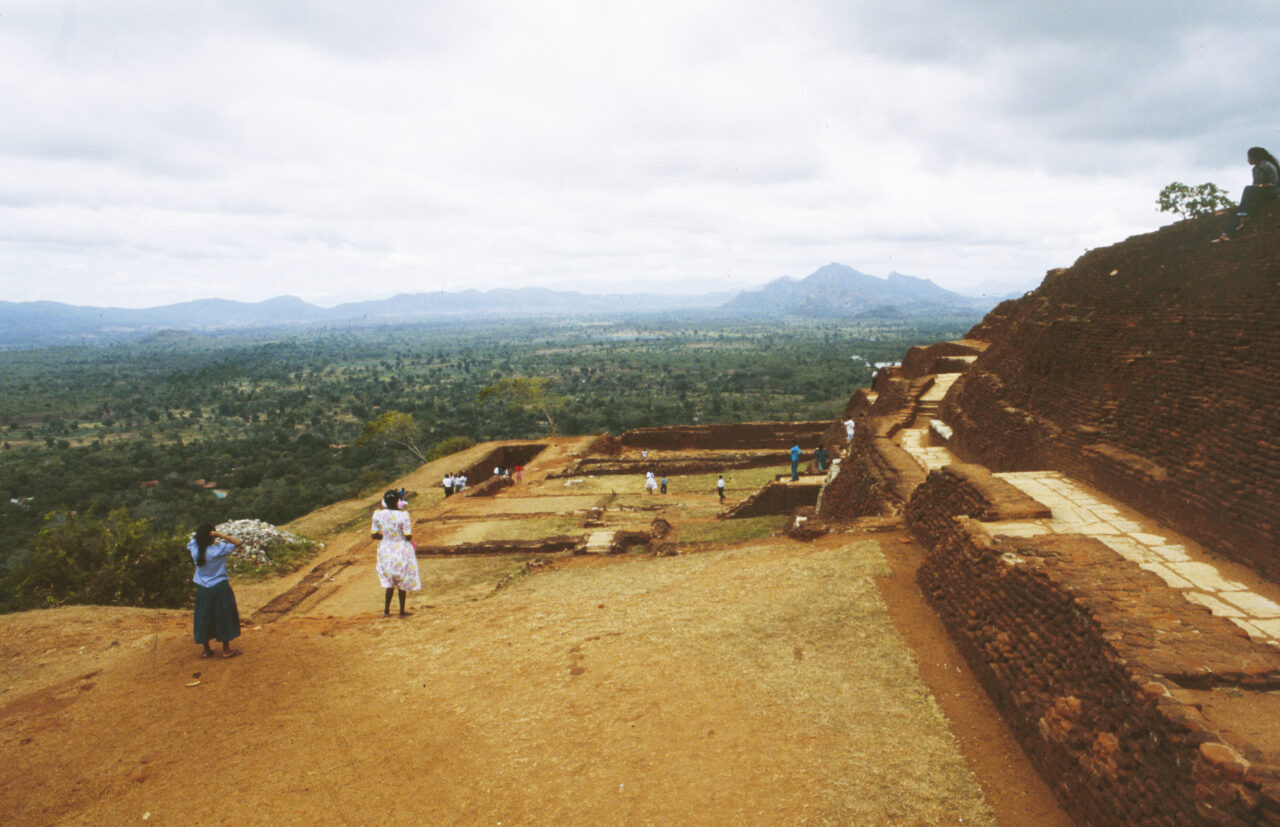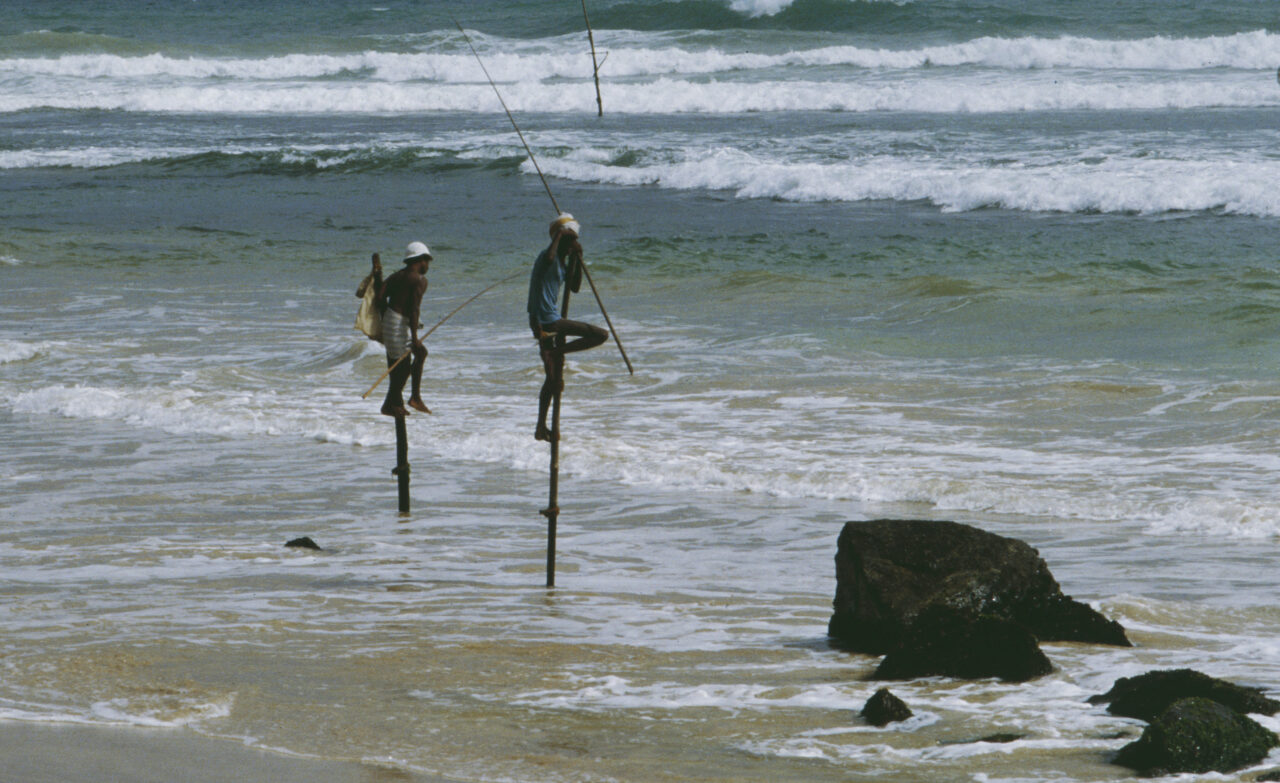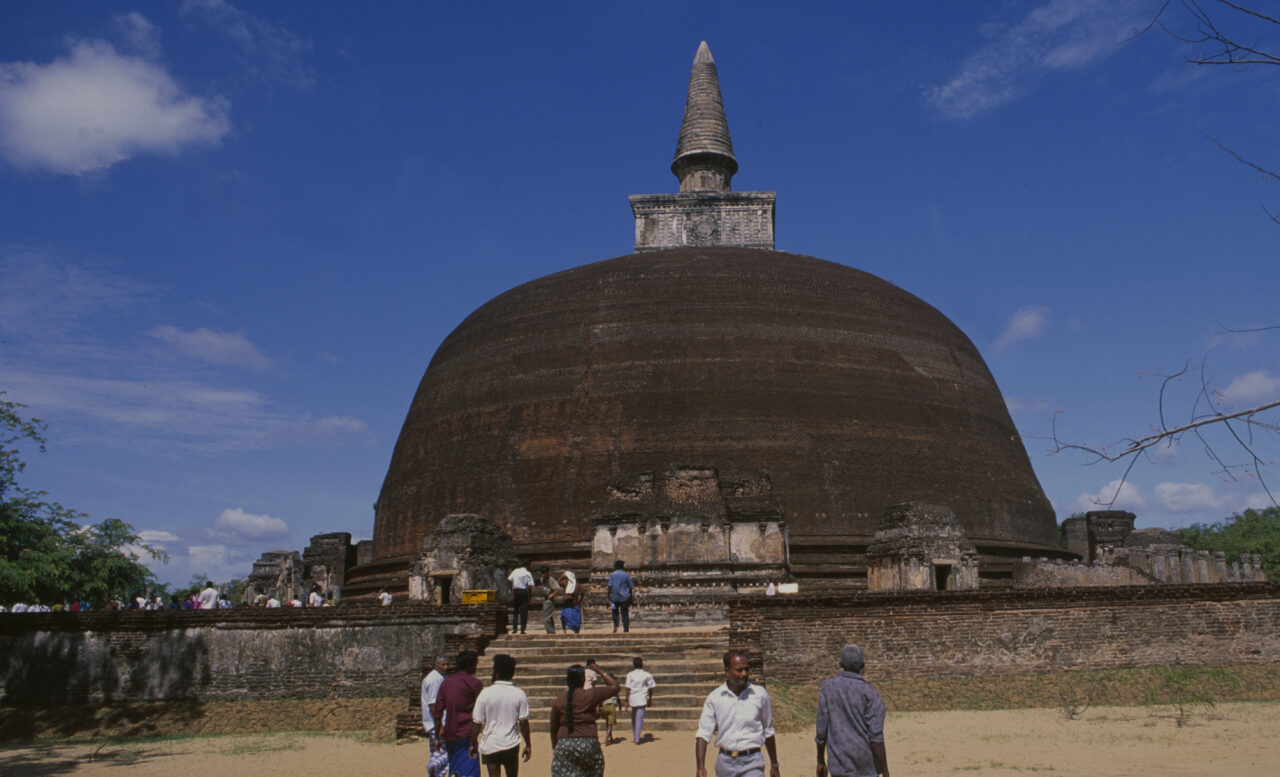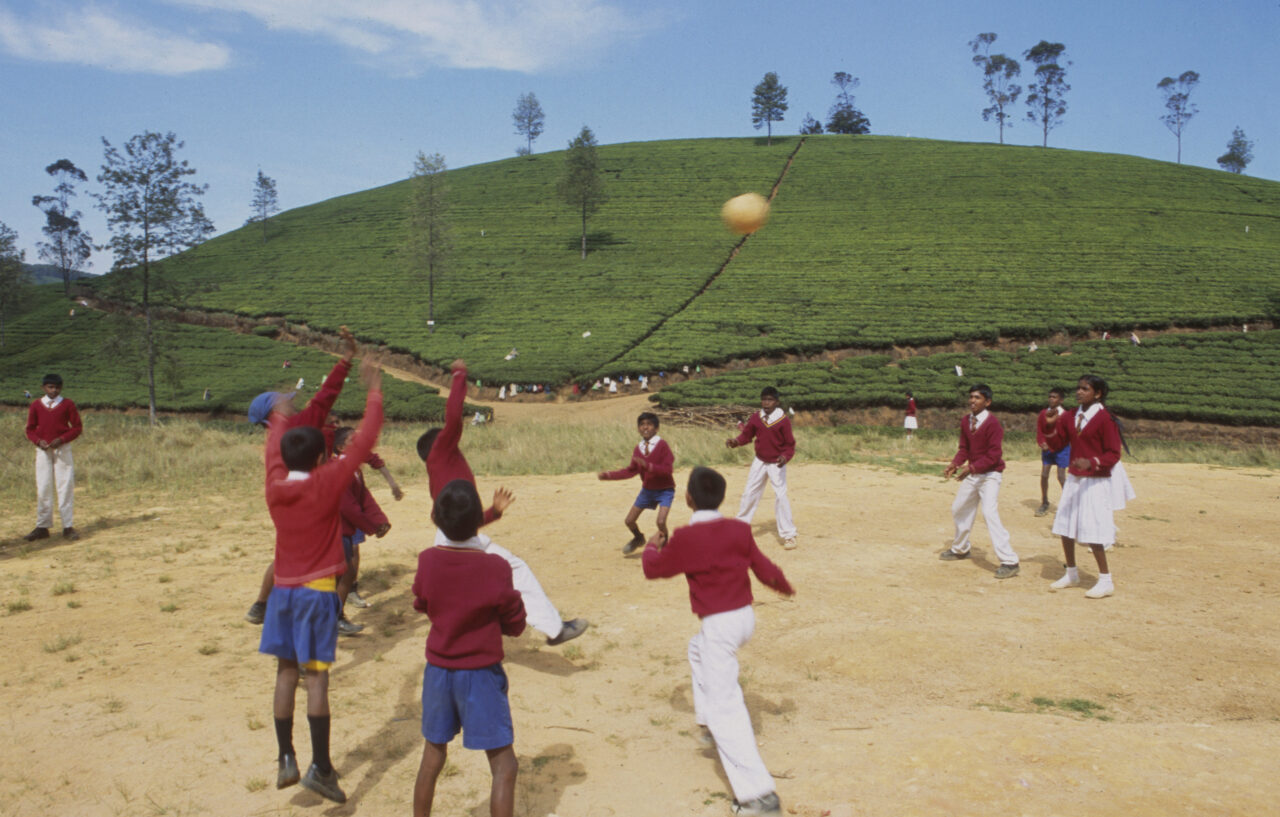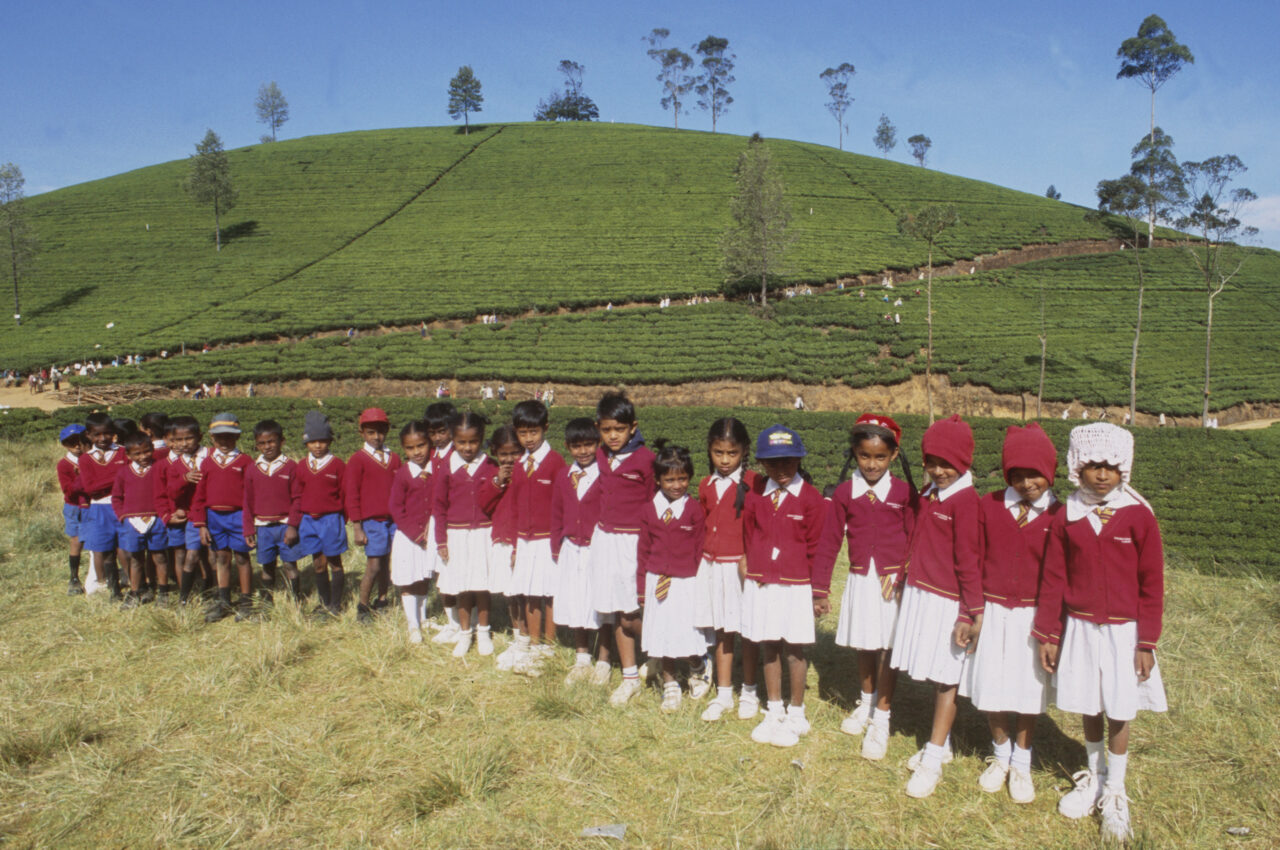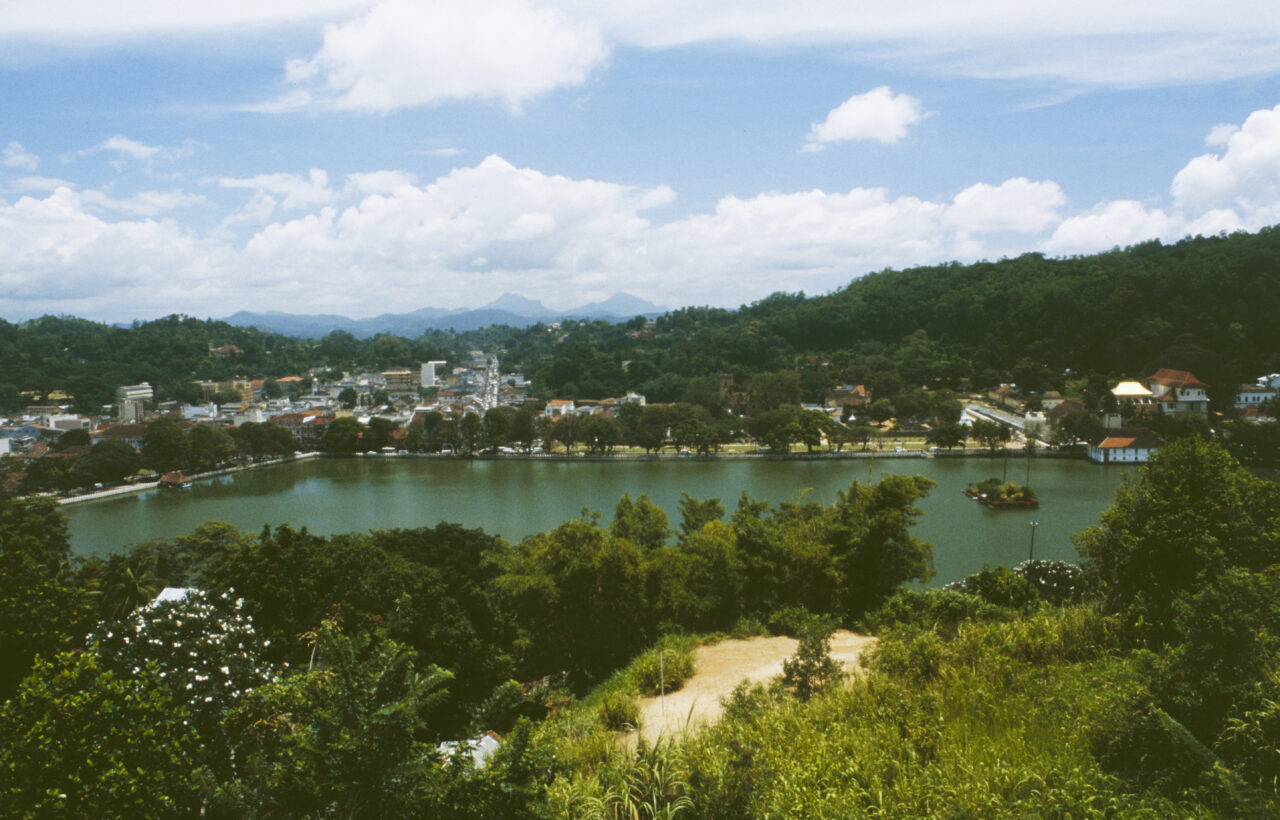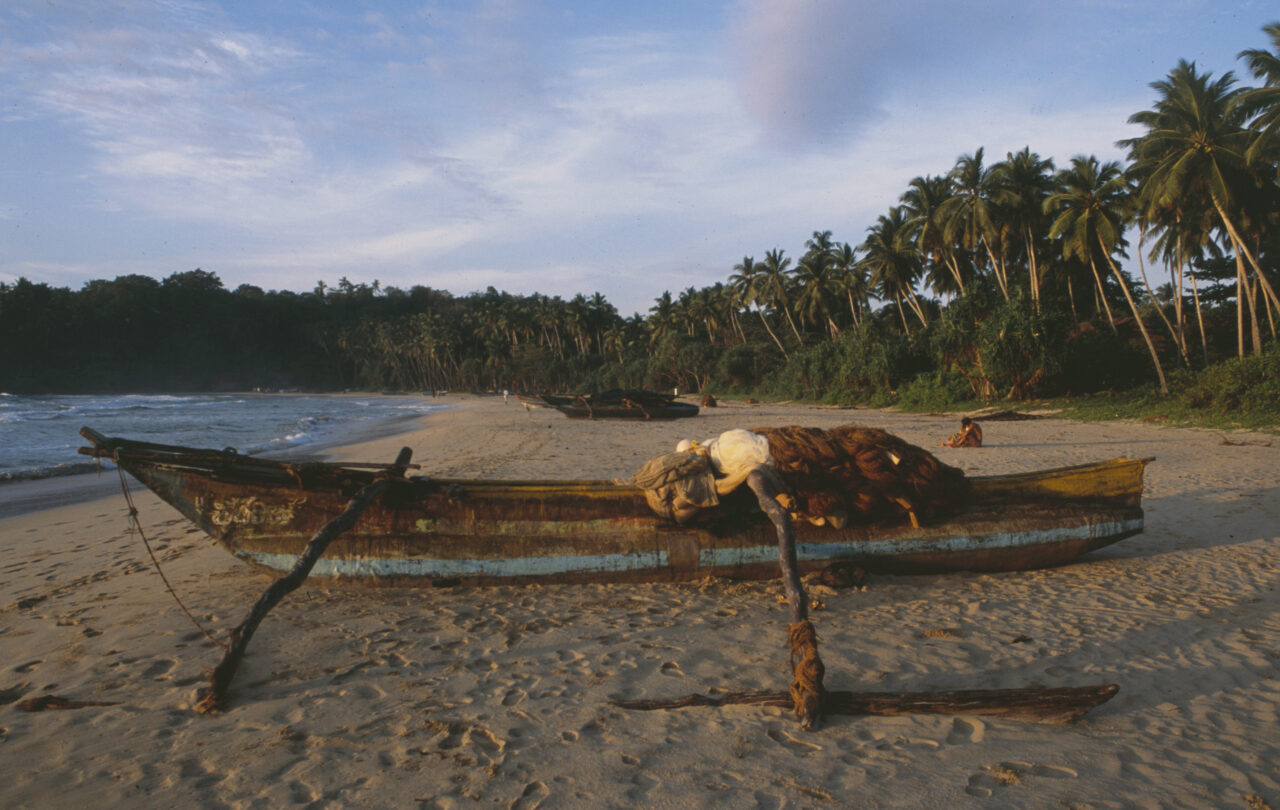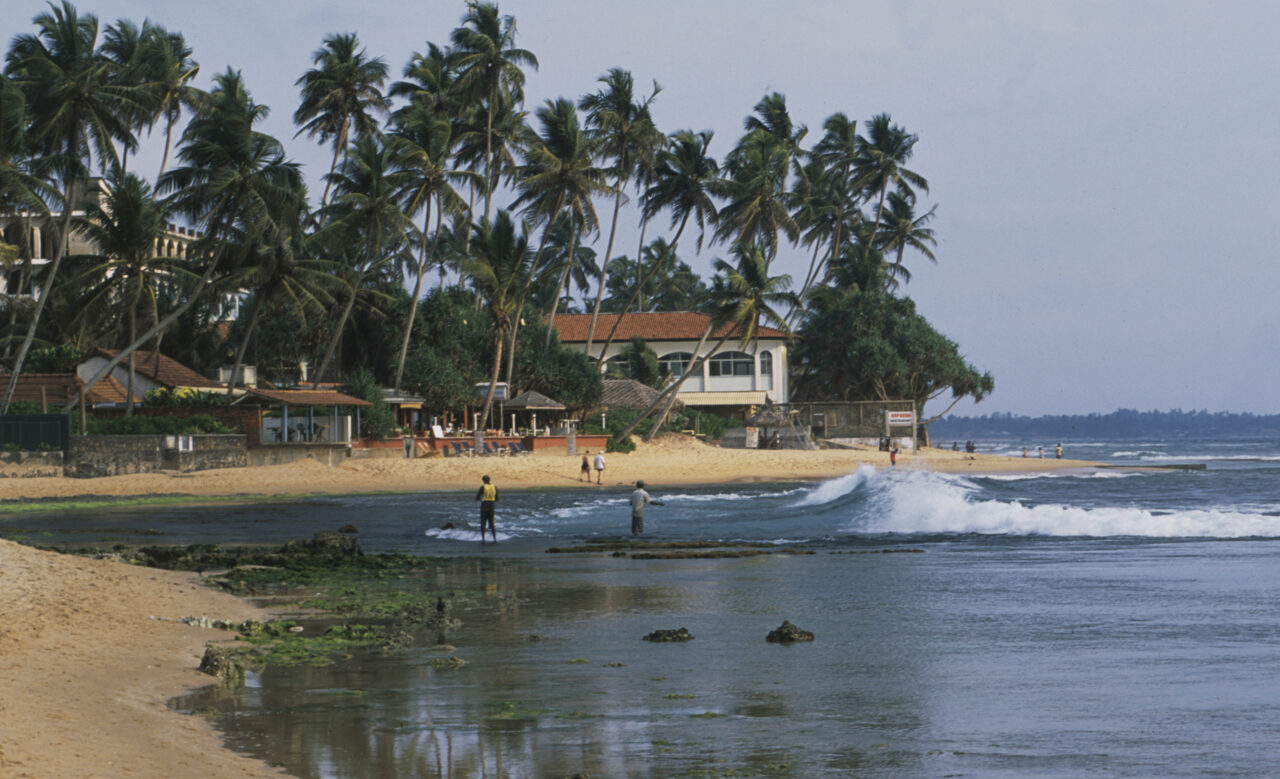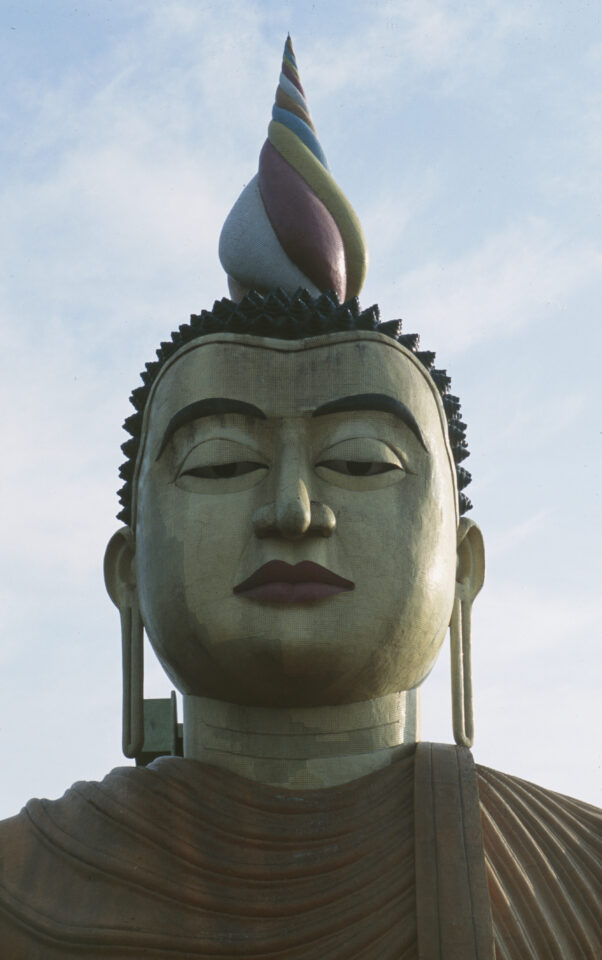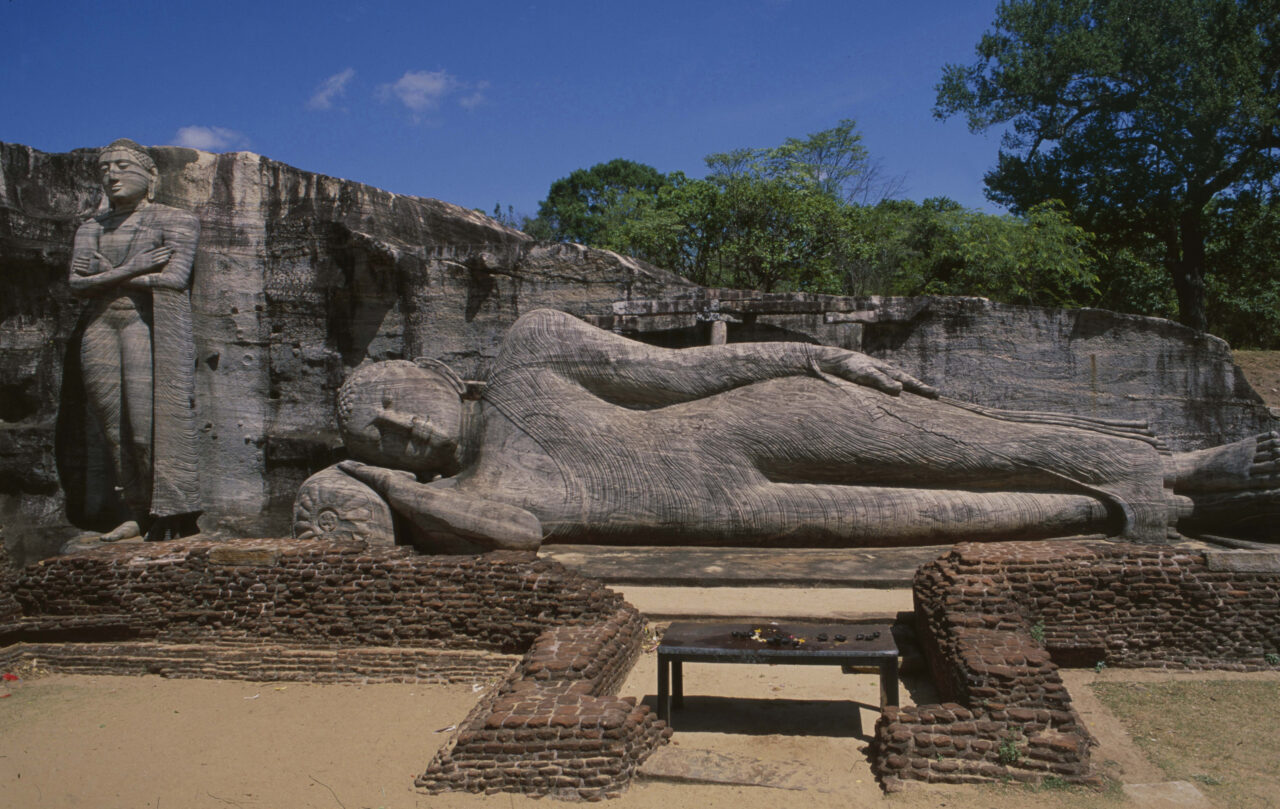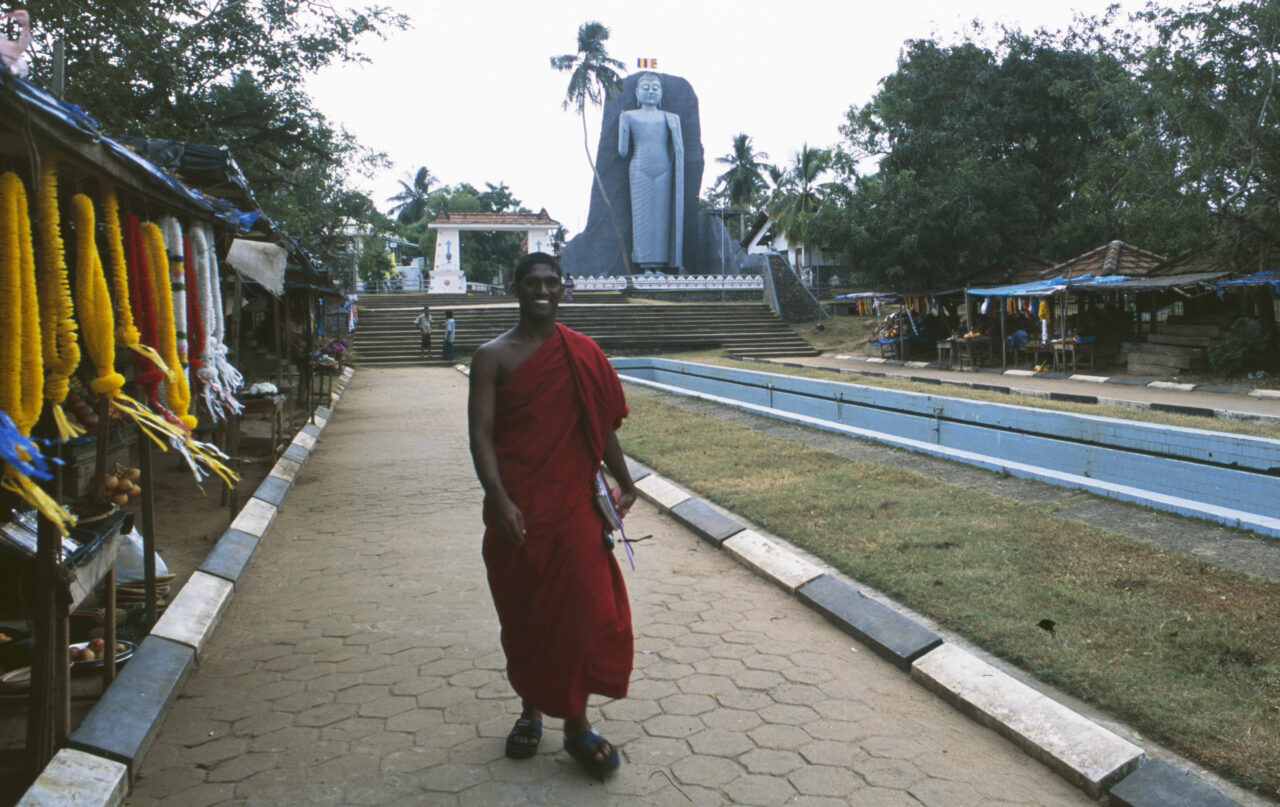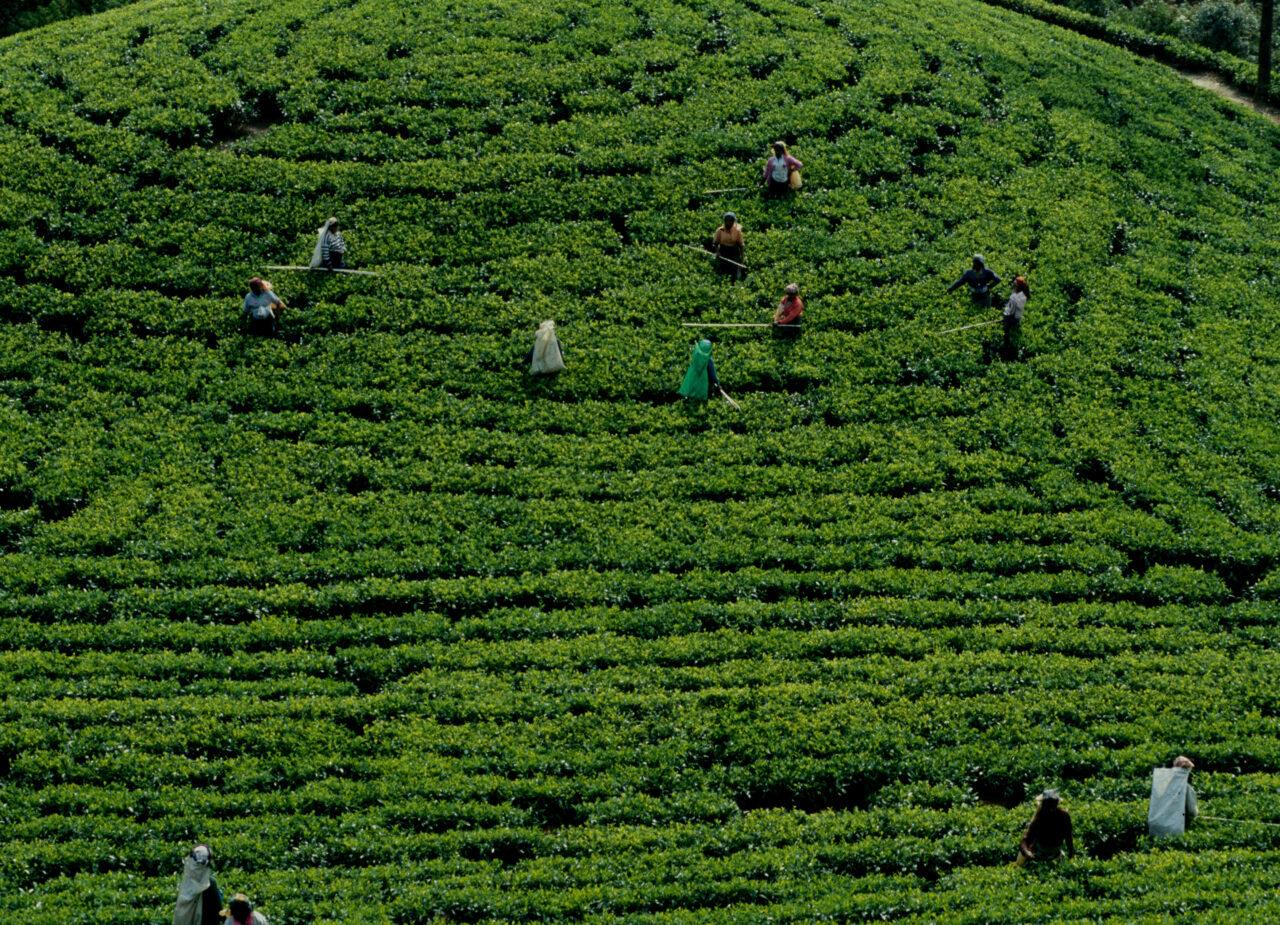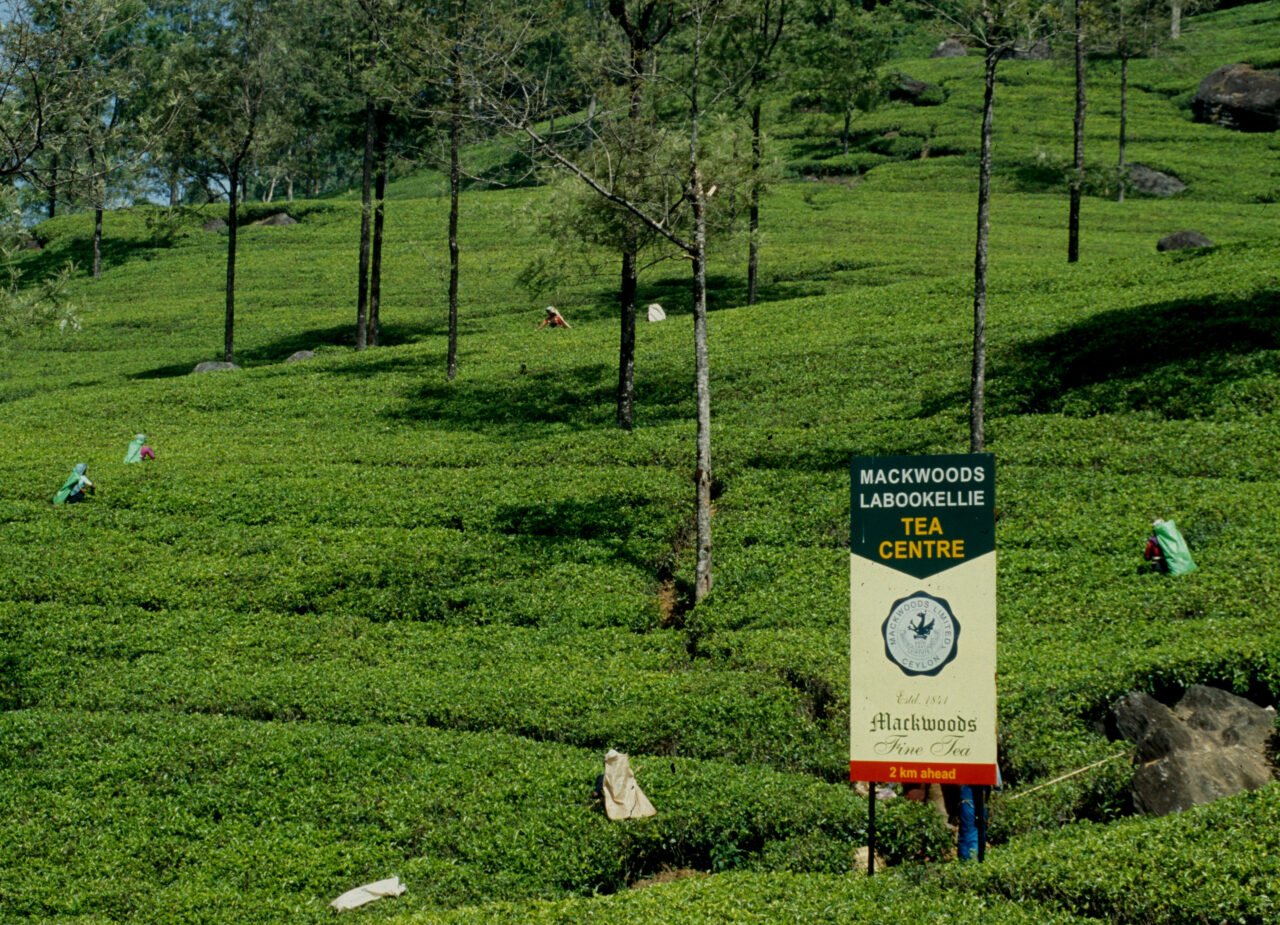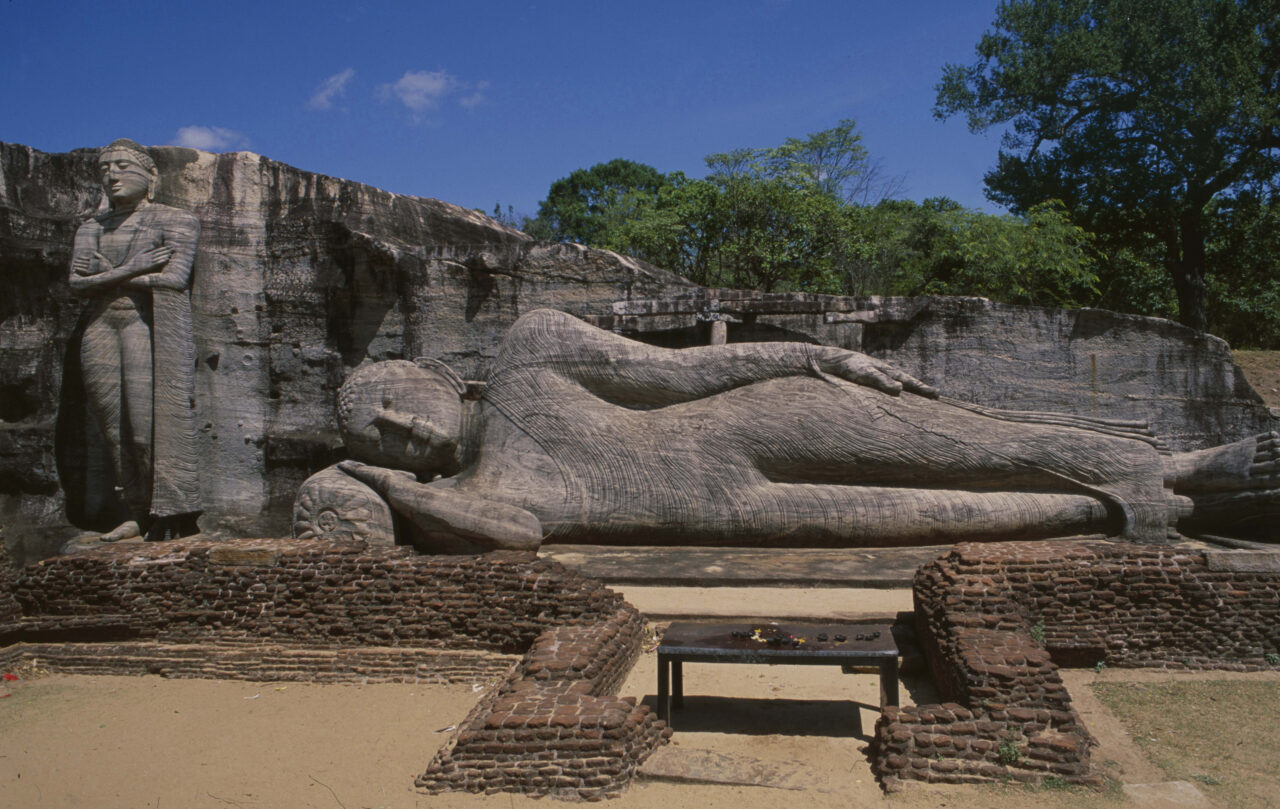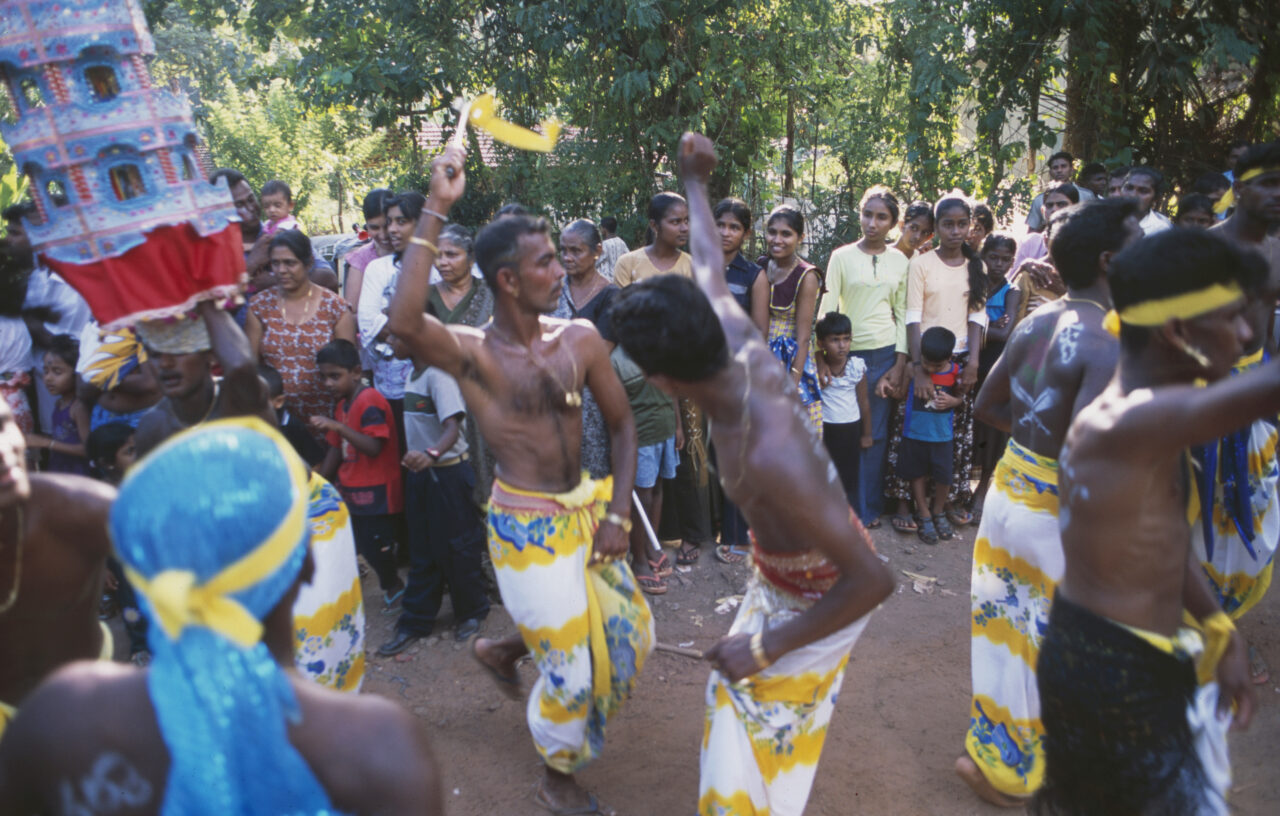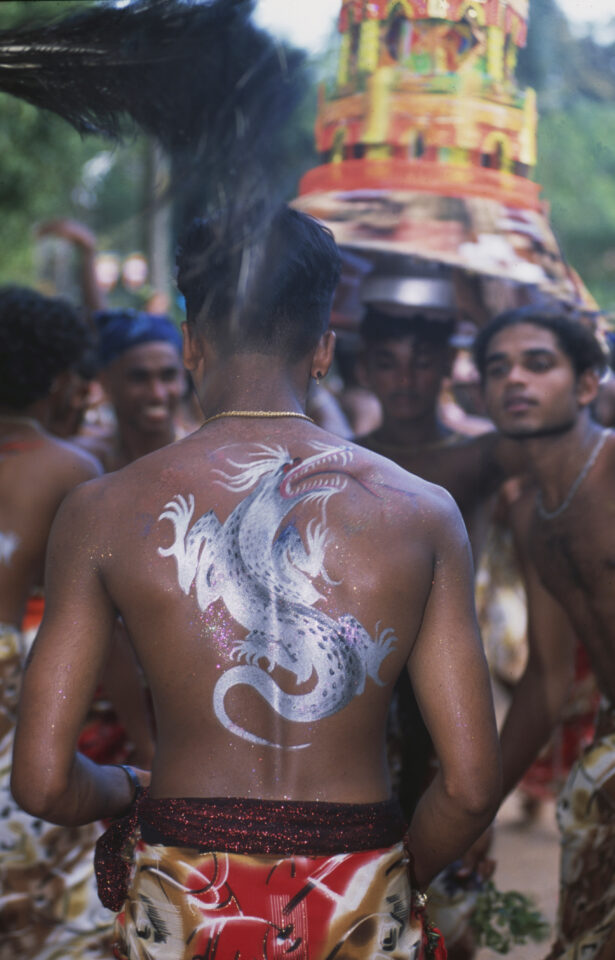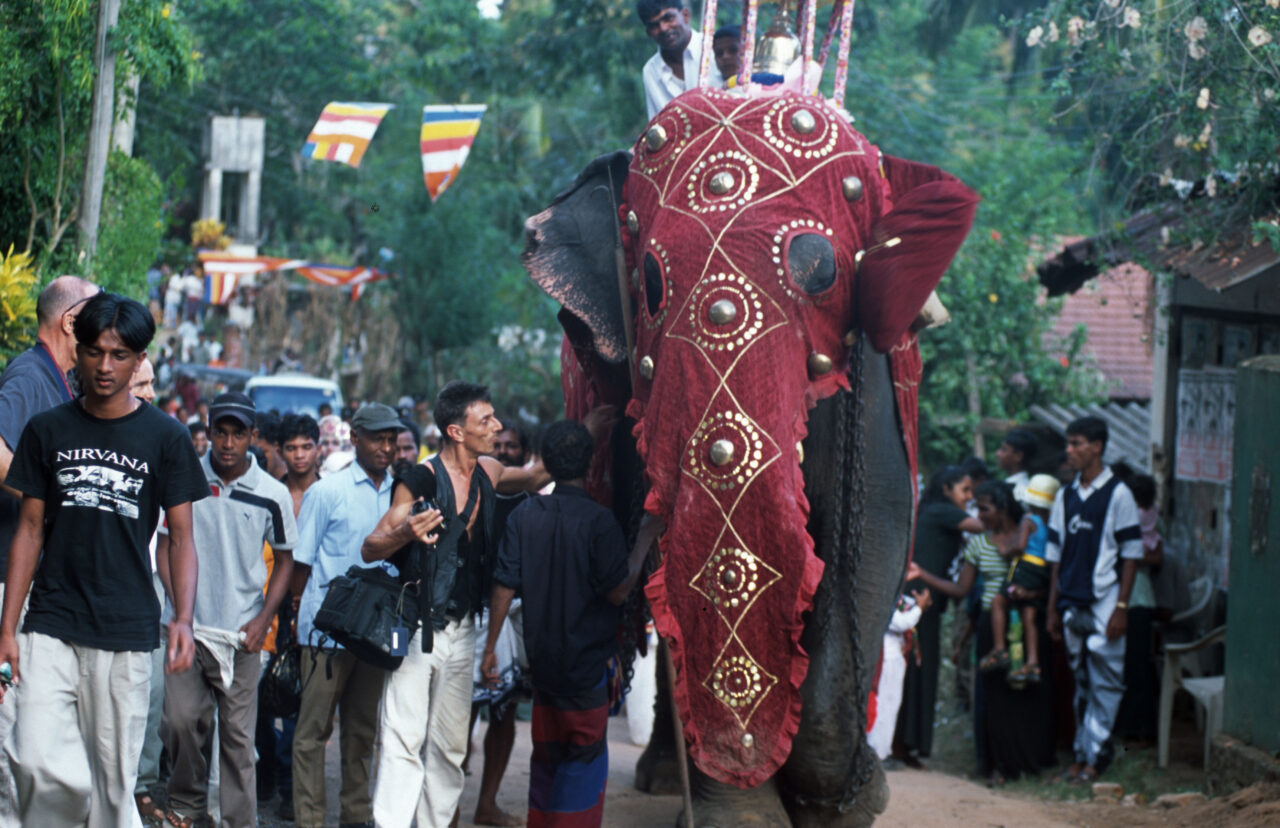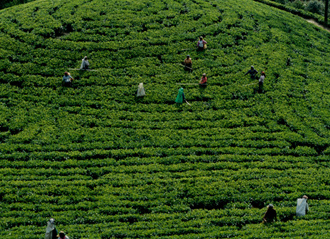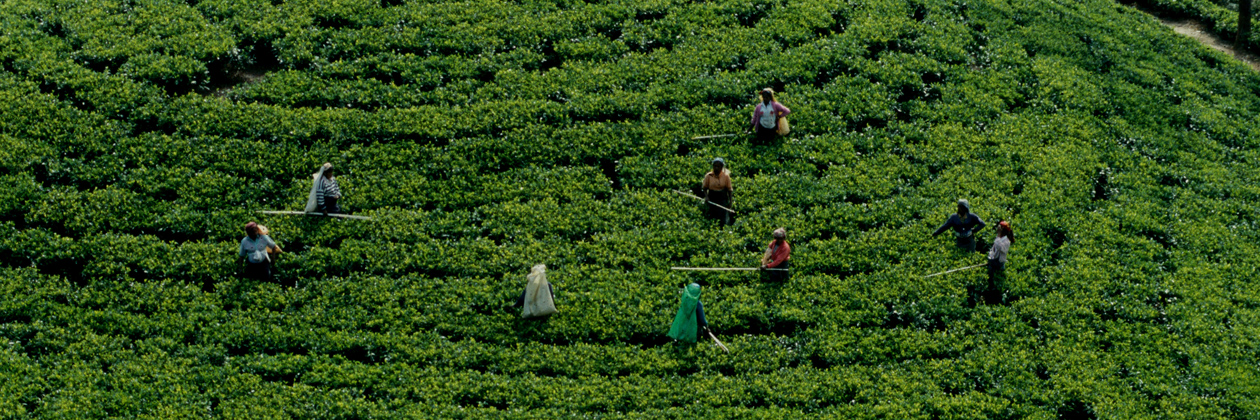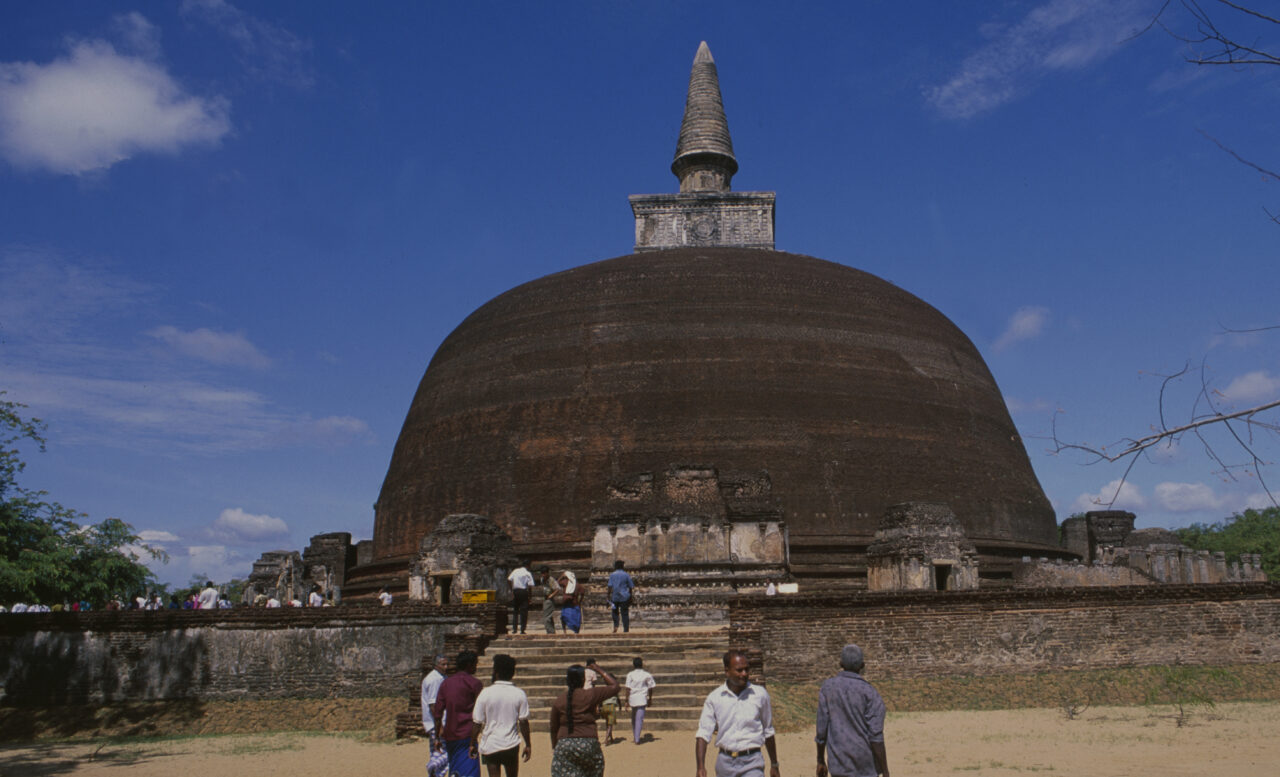
FOREWORD
The author, Gerd Michael Müller, born in Zürich in 1962, traveled as a photo-journalist to more than 50 nations and lived in seven countries, including in the underground in South Africa during apartheid. In the 80 years he was a political activist at the youth riots in Zürich. Then he was involved in pioneering Wildlife & eco projects in Southern Africa and humanitarian projects elsewhere in the world. As early as 1993, Müller reported on the global climate change and in 1999 he founded the «Tourism & Environment Forum Switzerland». Through his humanitarian missions he got to know Nelson Mandela, the Dalai Lama and other figures of light. His book is an exciting mixture of political thriller, crazy social stories and travel reports – the highlights of his adventurous, wild nomadic life for reportage photography .
(please note that translation corrections are still in progress and images will follow soon)
Ceylon’s past is full of magic, myths and violence. Sri Lanka’s history sometimes sounds like a fairy tale from „1001 Nights“. On the other hand, there were many bloody power struggles and a miserably long cruel civil war, the wounds of which have not yet healed. When the Greeks had passed their zenith, Sri Lanka was already the habitat of a highly developed culture and metropolis of the Far Eastern world of that time. Even today, the metamorphic designation „Pearl of the Orient“ is still valid, even if poverty and the consequences of civil war are a controversial testimony. But already the Arabs raved about it and called Sri Lanka „Serendib“, the „island of the happy“ – but they hardly meant the political conditions and intrigues under which the community of nations at the southern tip of India often suffered, but rather the paradisiacal conditions with regard to agricultural wealth, which later also led to exploitation by the colonial powers. Accordingly, the list of those who fought over the supremacy of the spice island is long.
First the Chinese, then the Malays and also the Indians attacked the kingdom of the Anaradhapurist ruler – whose influence stretched from the Tiber to the Yellow Sea. From 1505 the worst conquerors followed – you can guess it, the Europeans. The Portuguese and Dutch usurped the island several times before the English put an end to the back and forth. With independence in 1848, the old ethnic tensions reappeared in the distribution of power: Sinhalese nationalists and the Buddhist clergy resisted Tamil (Hindi) domination of administration, commerce and the liberal professions and wanted to return to Sinhalese dominance. As a result, the rights of the Tamils were gradually dismantled, which radicalized the younger people and led them to take up armed struggle as „liberation tigers.
Acts of war are a tradition here – this becomes clear when visiting the ancient temple site in Sri Lanka. Time and again in the history of the island nation there have been dynastic or ethnic power struggles. Already the first royal city Anarudhapura (4th century BC) experienced 121 kings during 1400 years of existence. The Sinhalese series of rulers was interrupted by the Chola king Elara (2nd century B.C.). The hero king Dutugemenu succeeded in regaining supremacy. There are also powerful legends about the imposing rock palace of Sigirya: To come to power, Kasyapaya walled up his father, the king, alive. And as protection from the dethroned prince (and half-brother) Moggalana, he built the rock fortress of Sigiriya in 473 AD. This fortress was supposed to protect him from his worst fears and make room for his most beautiful dreams, which he had created in the form and figure of naked busty women in wraparound skirts as picturesque frescoes.
No less impressive are the palaces and temples of the sublime city, like Polonnaruwa, as the second royal city after Kandy is called. The monuments bear witness to the magnificence and splendor of the former ruling empire. Monks clad in bright orange robes make pilgrimages from all parts of the country. They pray at the foot of Gal Vilhare, a group of sculptures carved into the rock that shows three Buddha statues in meditative postures, i.e., sitting, reclining, and passing into nirvana, revealing the quintessence of the Buddhist faith. A tour of the temple city, laid out by Parakamabahu in the 12th century with elaborate irrigation canals, is a journey through the epochal past.
Kandy’s narrow streets bubble with life as if in a witch’s cauldron: cheerful people dressed in colorful saris and sarongs, elephants towing cars or putting them in their place, ox carts loaded with palm wine barrels as high as towers, meander through the narrow streets alongside honking buses, cars and mopeds. Flying merchants hawk their glittering wares: scarlet rubies, aquamarines and moonstones. Delightful scents waft from the spice stalls. Mountains of cinnamon, cardamom, tea and coffee, chili and peppers pile up on the street stalls. Coriander, cardamom and cumin, turmeric, cloves, paprika and the finest curry are offered for sale here. But the most impressive place is the cloud town of Nurwa Eliya, which you experience on a spectacular journey through the meandering tea-growing regions. After 100 kilometers and about 1000 meters of altitude, you reach your destination.
